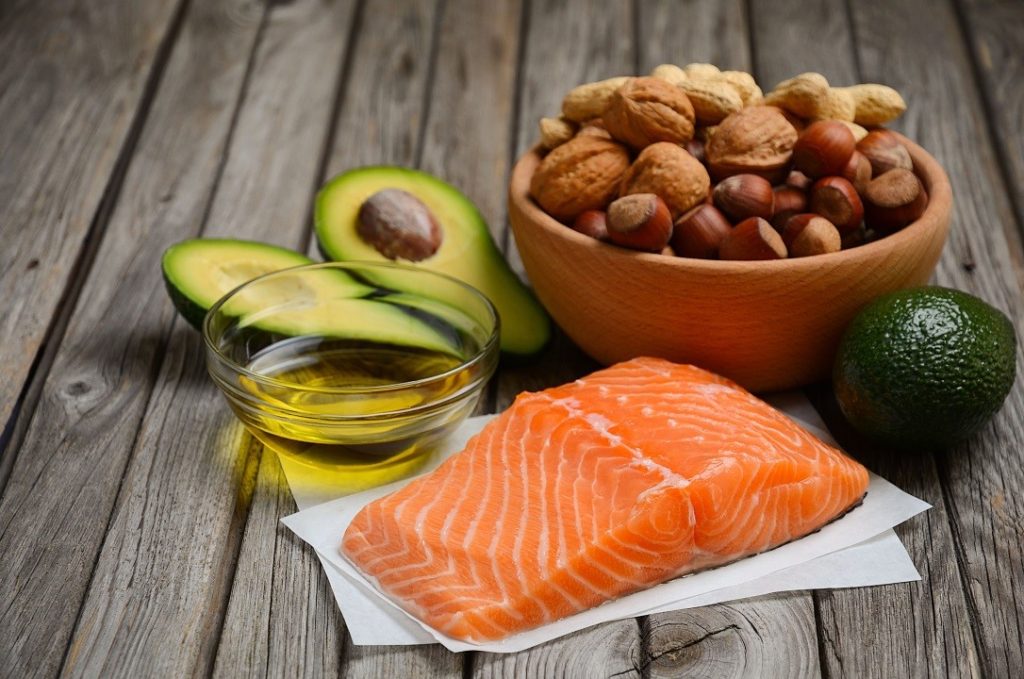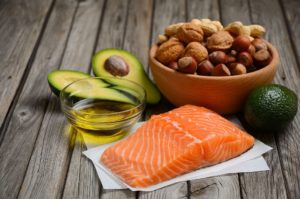By Michelle Thibodeau, Natural Nutritional Practitioner, Health & Cancer Coach.
What does “Health” Really Mean?

Although you may not be aware in April every year World Health Day is recognized and in Canada Health Day is acknowledged in May.
The World Health Organization (WHO) defines health as:
a state of complete physical, mental and social well-being and not merely the absence of disease or infirmity.
This definition has been used since 1948 and still holds true today. These two very special days are meant to highlight the importance of public health in the well-being of individuals.
Although our health should be paramount in our thoughts and daily lives all the time, these observed days should make us all take stock and ask ourselves what we consider health to be. Is health just about your regular visits to your doctor and eating healthy? That’s part of it but should start before we get sick as prevention.
Whether you’re suffering with an illness already or wishing to prevent disease such as cancer, diabetes, heart disease, arthritis and mental health problems there are a few guidelines that everyone can/should implement that will go a long way to preventing illness, managing disease and even alleviating certain symptoms.
- Start by eliminating/reducing all forms of sugar
- This includes white & brown sugars, corn syrup, glucose and fructose also more importantly all artificial sweeteners such as Equal, Sugar Twin, Sweet and Low and Splenda. Fruit, especially tropical, should be eaten in moderation especially if you are dealing with illness such as cancer.
- Not only does disease thrive in a high glycemic environment, causing internal inflammation, but it is actually the fuel source for cancer. Effects of consuming too much sugar: obesity, diabetes, heart disease and contribute to many health issues.
- Drink more PURE water – filtered with no chlorine, fluoride or other chemicals
- Aim to drink half your body weight in ounces per day and more if you are active and sweating. Waiting until you’re thirsty means your body is already dehydrated.
- Drinking more water daily helps keep your body hydrated, including your brain, and helps your kidneys and liver process, filter and get rid of toxins and waste in your body more efficiently. Here are 10 more reasons to drink more water.
- As an example if you have less than one bowel movement per day drinking more water could help.
- Aim to drink half your body weight in ounces per day and more if you are active and sweating. Waiting until you’re thirsty means your body is already dehydrated.
- This includes white & brown sugars, corn syrup, glucose and fructose also more importantly all artificial sweeteners such as Equal, Sugar Twin, Sweet and Low and Splenda. Fruit, especially tropical, should be eaten in moderation especially if you are dealing with illness such as cancer.
- Eat more greens and other vegetables
- A great way to consume more fresh vegetables is by juicing or making smoothies. This allows you to incorporate several vegetables at a time (with a little fruit) in a much easier way to ingest. Almost everyone can purchase an inexpensive “Nutribullet” which, comes with all types of healthy recipes. Don’t be fooled by imitations or cheaper prices; this one is well worth the money and comes with a great warranty.
- Eat a large salad at least once a day and try using a variety of greens and raw vegetables. Slow cook on lower heat all other vegetables so you don’t lose the nutritional value from the heating process and don’t overcook.
- A great way to consume more fresh vegetables is by juicing or making smoothies. This allows you to incorporate several vegetables at a time (with a little fruit) in a much easier way to ingest. Almost everyone can purchase an inexpensive “Nutribullet” which, comes with all types of healthy recipes. Don’t be fooled by imitations or cheaper prices; this one is well worth the money and comes with a great warranty.
- Avoid Simple Carbs and Processed Foods
- Anything made with white flour including breads and baked goods, sugars, packaged cereals, cookies, crackers, fruit juices from concentrate etc. Instead chose complex carbs in the form of vegetables, fruit, brown rice & whole grain breads.
- Excess simple carbs will get stored as fat and cause insulin levels to rise. As well, these types of carbs convert to sugar in the body which fuels disease especially cancer.
- Anything made with white flour including breads and baked goods, sugars, packaged cereals, cookies, crackers, fruit juices from concentrate etc. Instead chose complex carbs in the form of vegetables, fruit, brown rice & whole grain breads.
- Include some Super Foods in your daily diet
- Super foods are lower in empty calories and higher in nutrients such as vitamins, minerals, proteins and anti-oxidants, substances that protect our bodies from cell damage and help prevent disease.
- Greens such as kale, spinach, watercress & broccoli along with sprouts, wheat or barley grass and seaweeds to name a few.
- Include plenty of “Healthy Fats” into your daily nutrition too. These include foods such as avocados, wild salmon, coconut oil and butter. Dr. Axe has a nice article here “Five best Healthy Fats“. There are many others but this will get you started.
- Super foods are lower in empty calories and higher in nutrients such as vitamins, minerals, proteins and anti-oxidants, substances that protect our bodies from cell damage and help prevent disease.
 Michelle Thibodeau Registered Holistic Nutritionist and Health & Cancer Coach at Fascial Connections Myofascial Release and Wellness Centre. Learn more about Michelle. Call to book an appointment or go online to www.fascialconncections.ca
Michelle Thibodeau Registered Holistic Nutritionist and Health & Cancer Coach at Fascial Connections Myofascial Release and Wellness Centre. Learn more about Michelle. Call to book an appointment or go online to www.fascialconncections.ca



 Tara Hagan-Fields is an RMT with Fascial Connections Myofascial Release & Wellness Centre. Tara is a Women’s Health Specialist and Expert Myofascial Release Therapist. She focuses on the body as a whole and teaches you to do the same. More about Tara
Tara Hagan-Fields is an RMT with Fascial Connections Myofascial Release & Wellness Centre. Tara is a Women’s Health Specialist and Expert Myofascial Release Therapist. She focuses on the body as a whole and teaches you to do the same. More about Tara